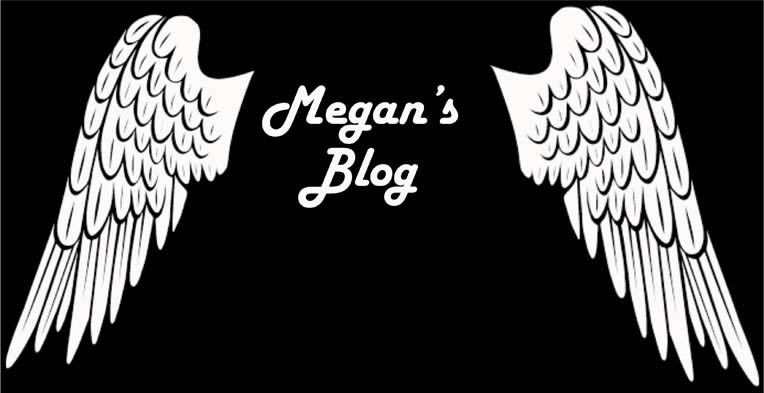The article features an unsigned band called ‘new noise 2009’ this suggests that the target readership is aimed at a young audience and could possibly be interested up and coming artist who aren’t well known.
2) What type of language is used in the article? Give examples of words or phrases which are specific to the style of the magazine.
The interviewer uses a conversational tone when introducing ‘little boots’ and throughout the article, however the bands replies use colloquial, informal language that’s regularly used amongst the younger generation today.
3) How is colour used?
The use of colour is limited; the article itself is of a black text placed on a white background, however the drop cap is bright purple and the slug and logo/ end of article marker is a square divided into to four parts and uses the colours; blue, purple, pink and black. The slug (top right hand corner) and end of article marker (bottom right hand corner) can be found on every article within the ‘new noise’ section and promotes unsigned and up and coming artists. These particular logos act as anchors for a typical c-line eye flow commonly used in double paged spreads.

(1) – Drop Cap
(2) – The Slug
(3) - End of article marker
(4) - Example of the c-line eye flow
4) What style of text is used? Is it similar to any other pages? What does it say about the image of the magazine and the audience?
(2) – The Slug
(3) - End of article marker
(4) - Example of the c-line eye flow
4) What style of text is used? Is it similar to any other pages? What does it say about the image of the magazine and the audience?
This particular article uses both a serif and sans serif font, the article as a whole is serif as is one of the pull quotes, however the main pull quote that’s centred directly in the middle of the article uses sans serif and is written in bold. The whole article appears to be conversational which appeals to the target audience and expresses the type of relationship NME want from their readers, casual and welcoming.
5) How is the double page spread laid out? How much of the pages are taken up by images and how much by text? How does this reflect the audience? What do they value?
The left hand of the page is an enlarged image of Victoria Hesheth (the lead singer), with the leading headline promoting the bands name, ‘Little Boots’, however the opposite page is filled by text introducing the band, as well as exploring Victoria as an individual. This gives the audience a small amount of information, but allows those who wish to know more to research there sounds and is a little bit of information for those less interested. The fact that her image takes up a whole page suggests the reader is interested in the bands appearance as well as there sounds, but also that they don’t want a lot of reading. Therefore they value little but detailed information and are interested in the bands look.
6) What tone is the magazine using when addressing the reader (as a close friend, a member of an 'in' crowd or an informed intelligent fan?) - provide evidence
The text is extremely conversational and often quite inappropriate; however this allows the audience to connect with the writer, addressing them as a close friend. “It’s bollocks of course” uses improper language, “and that, readers” here it’s more relaxed and uses inclusive language, both highlight the friendly relationship NME aim to gain.
7) How is the artist/band presented to the audience through the images? You may wish to carry out a textual analysis.
The image depicts a beautiful girl, with a pale complexion that emphasises her eyes, as does the chosen false eyelashes. Her hairstyle is retro and relevant to today’s fashion. However personally I feel from the image we do not gain any insight as to the style of music the band produce or even her style of clothing. It an eye level close up shot, that focused on her facial expression which makes her appear dazed or lost, once again there isn’t any indications of interest or influences.
8) How does the style of the article match the style of the front cover?
9) Does the article demand any prior knowledge? Give examples.
This particular article doesn’t require any previous knowledge as it can be found in the ‘new noise’ section, and introduces or promotes up and coming and unsigned artists. However it gives you just the right amount of information, if you are interested in the artist then you can research further.







